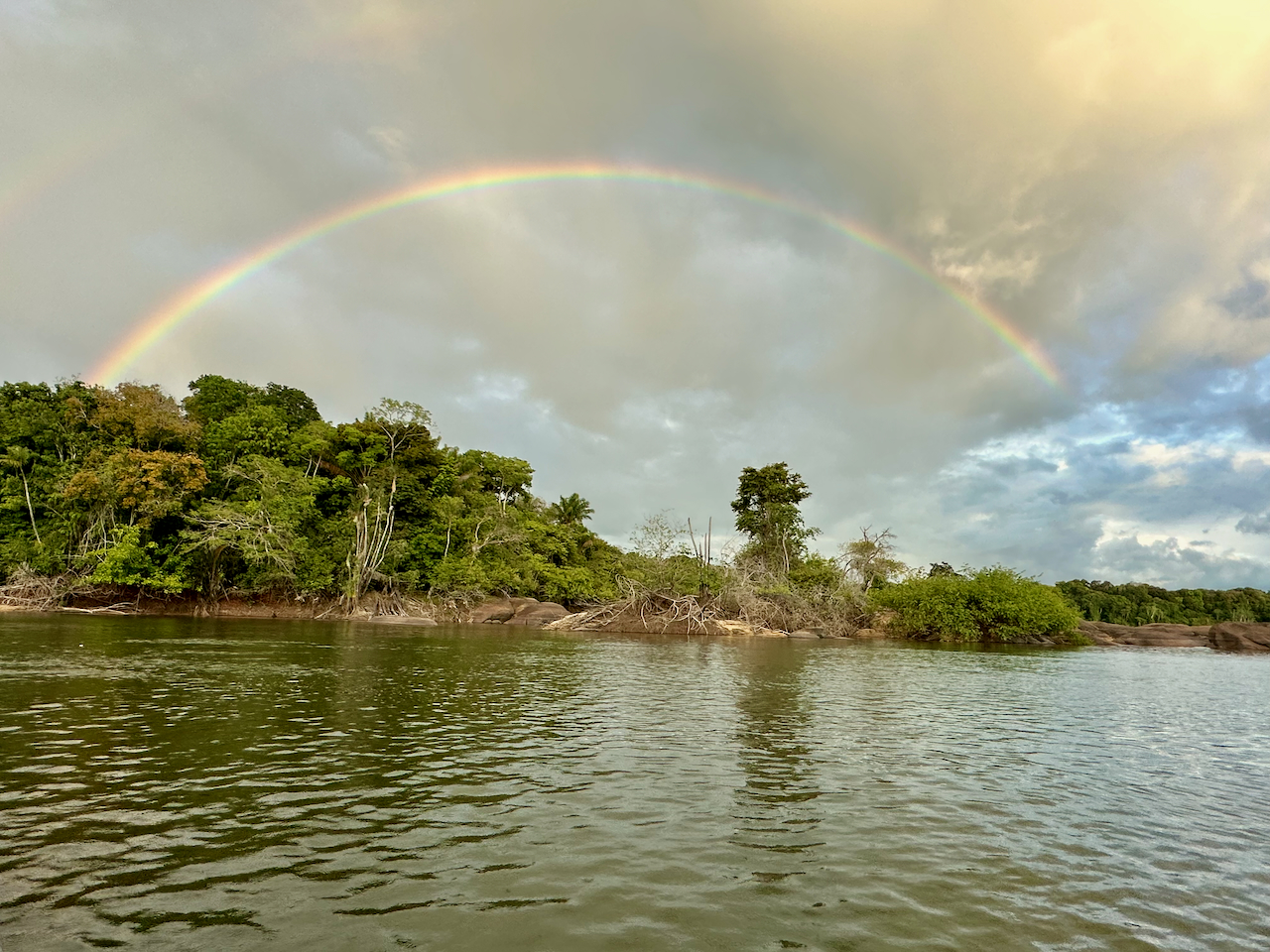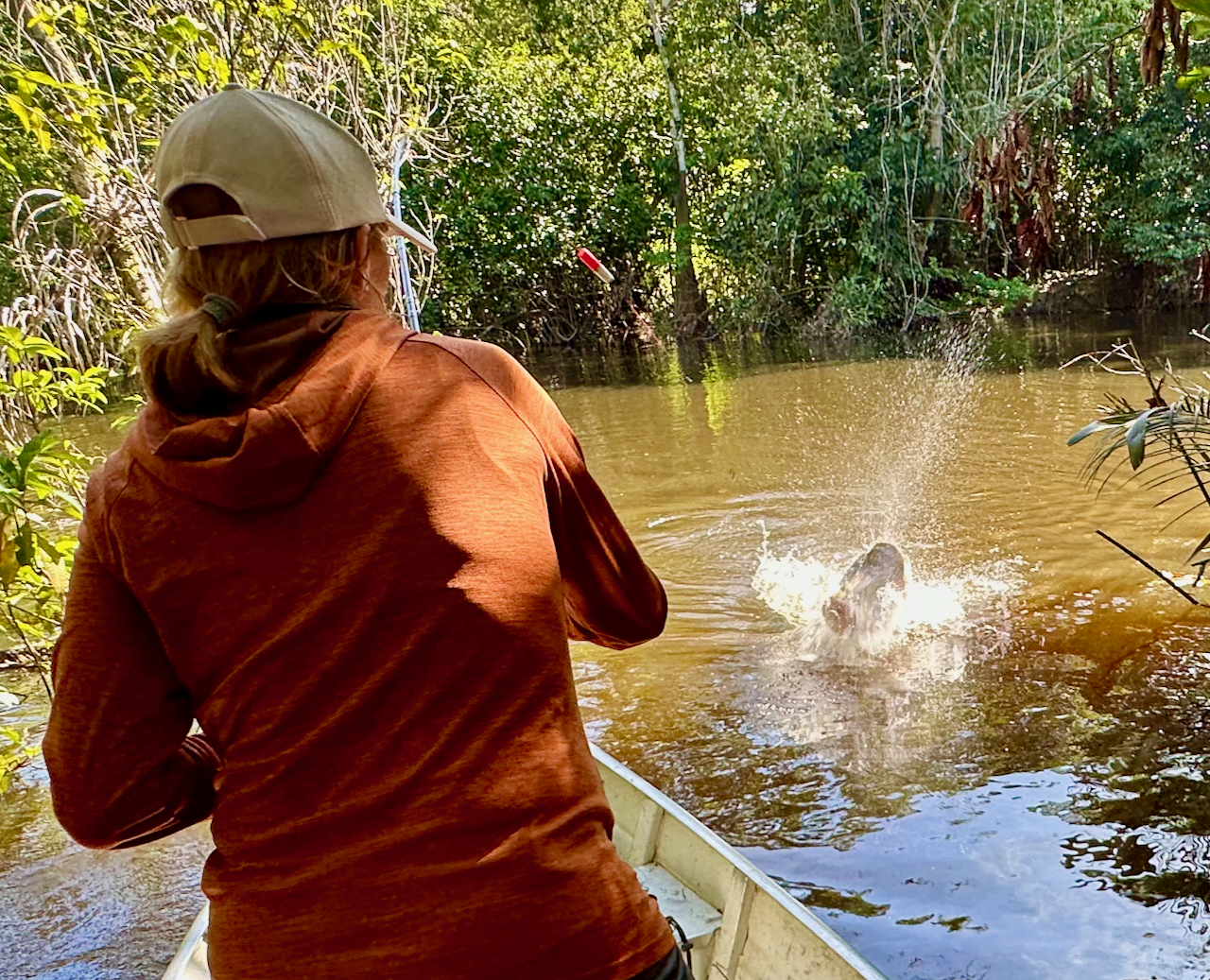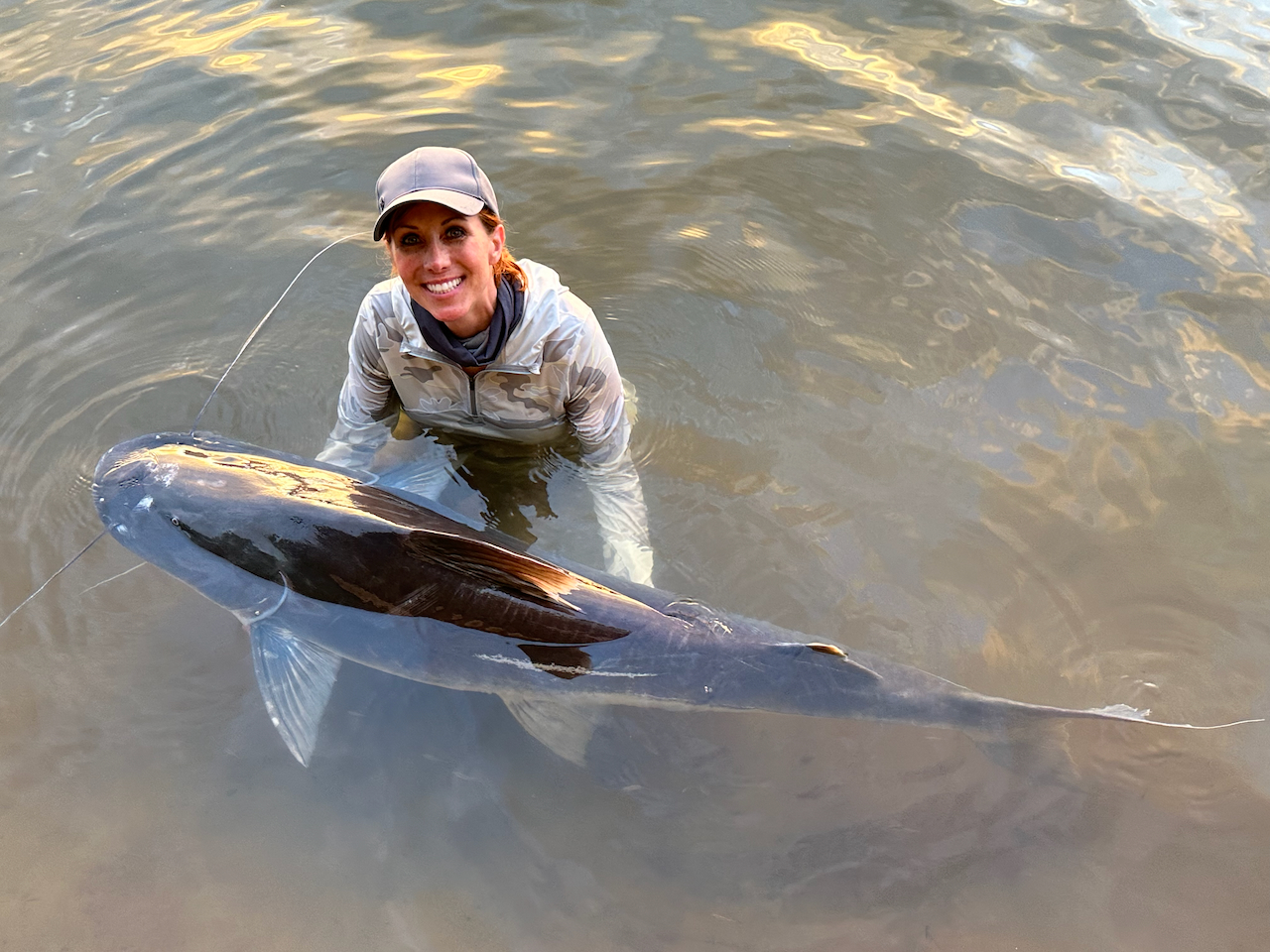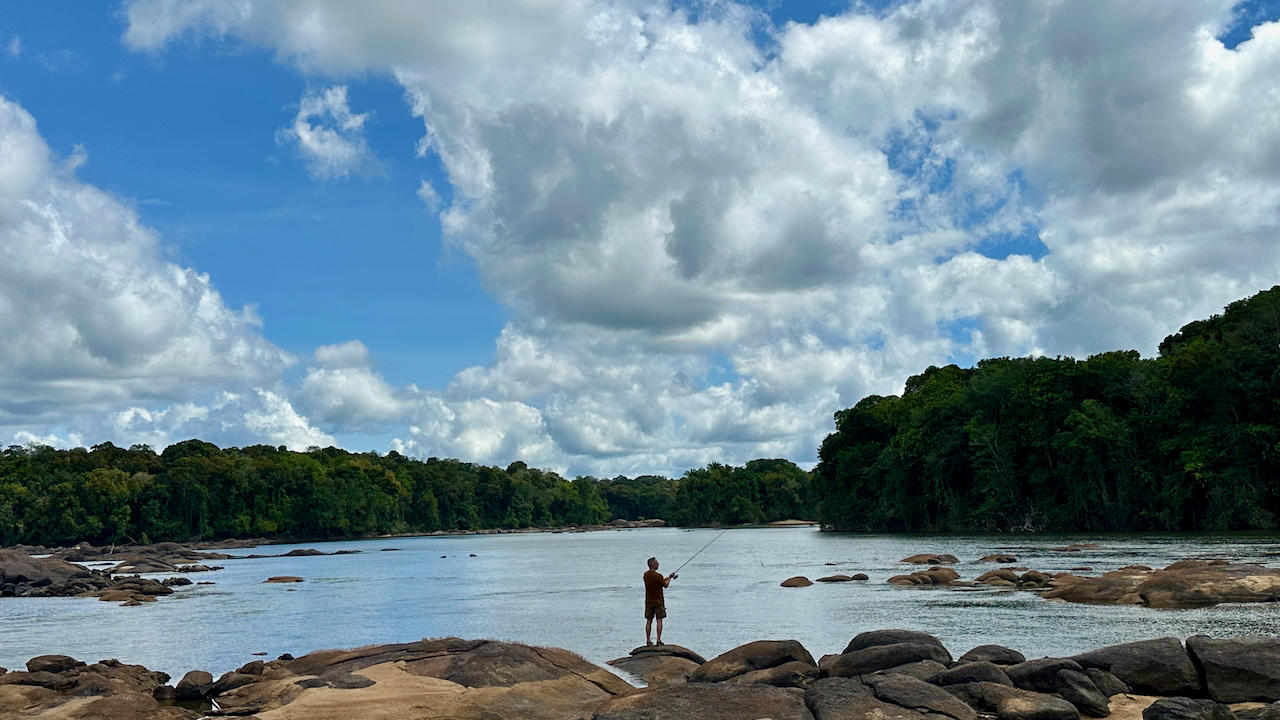Destination Angling: Combining the Best of Fishing and Travel
If you enjoy fishing then one of the best ways to challenge your skills, catch new species and see new places is through destination angling.
What does that mean? It means traveling to a destination you’ve wanted to visit and experiencing it through the lens of your fishing passion. You can go fishing all over the world and there’s always someplace new to experience. Whether I’m after the catch-and-release of the stunning golden mahseer in northern India, the massive wels catfish in Spain, bluefin tuna off the coast of Ireland or the prehistoric-looking arapaima in the jungle lagoons of the Essequibo River in Guyana, each experience ends with a lifetime of memories and new fishing knowledge and skills.

Explore New Destinations
When my partner (a global fishing guide) invited me to join him on a return trip to Guyana one year, I had to look it up on a map. It was a place unfamiliar to me, but I was interested as an angler in the many kinds of freshwater fish species that are caught in the Essequibo River and its tributaries that run through the Iwokrama rainforest.
Venezuela, Brazil, and Suriname border the small South American country with a nation of citizens comprised of six races, multiple religions, and nine Indigenous tribes. During my first trip to Guyana, we caught more than 25 species, each with exciting teethy features and behaviors challenging our skills as anglers. We got to experience the elegance and power of the piraiba (lau lau) catfish, the angry wolf fish, the rubbery redtail catfish that vocalizes in a squeak, the ferocious vampire fish and the many other cool species that simply end up on the line.
Being open to the experiences of a new destination opens your world as an angler to enjoy other kinds of fishing experiences and cultures.

Try New Fishing Techniques
Destination angling is an opportunity to learn about the fishing techniques used in unfamiliar locations for the species that inhabit local waters. It’s also a great time to experiment on your own by cross-utilizing techniques if you choose to do that. For example, most of the deep-water catfish species in Guyana respond to cut bait, as most catfish around the world do, so who would think of trying lures?
My partner who has experience fishing in many waters throughout the world configured lures as an experiment to see if the catfish in the depths of the Essequibo would respond. The custom-configured lures could reach depths of 80 feet or more, and the vibration features successfully attracted the catfish. We caught many catfish of significant sizes trying this method. What a thrill to see how the adaptations of tackle and techniques can work in a completely new environment somewhere else in the world.

New Species
No matter where I travel my curiosity leads me to wonder what fish species live in the waters in that destination. Even if I am not heading to a destination for a specific fishing trip, I always add a few days to go fishing anyway. Every destination has unique fishing experiences and species.
I traveled to Jamaica once for business and stayed to go fishing with a man who barely spoke English and came from a family of fishermen. He used a hand-line technique as it was a traditional way of fishing for him. He pulled a rusty bolt from a pile of them in his tackle box to use for weight and with the most basic of gear we caught many types of reef fish. As anglers, it’s always a joy adding new species to our experiences, so destination angling is a great way to do that.

Insider Tips:
- Hire reputable companies and guides. This is the biggest factor to consider for destination angling as there are plenty of con artists ready and willing to take your money and leave you hanging, or worse, they take your money and skimp on safety. I’ve seen both happen. When comparing companies beware of prices that seem too good to be true and are not competitive. Above all, do your homework on fishing guides and companies and get recommendations.
- Plan. Research entry requirements for the country you plan to visit. Will you need a visa? Does your passport need to be updated before you go? Will you need any vaccinations? What currency will you need for spending and guide tips? Get as much local knowledge as possible ahead of time.
- Gear. Know what gear you need to supply and what will be provided for you. If you are taking your gear and tackle, take plenty especially if you plan to be off the grid.
- Have a fishing strategy. Is there a specific species you want to target or are you open to options? If you know what you want to target, be sure you know if extra considerations are in play. For example, targeting the arapaima in the Iwokrama rainforest in Guyana requires a full day of river travel to get to the lagoons where they exist. Go in with a plan so you can budget and maximize your time for the species you want to experience.
- Cost. Generally, destination angling is not cheap compared to quick domestic weekend fishing trips, so set a realistic budget and save your pennies. It’s worth it. You will need to factor in the fishing package and any additional costs like travel, lodging, and food that are not included.
- Travel time. If you are traveling far be sure to budget adequate time for travel days. Some destinations require two days of travel before you even cast your line. This is important to consider especially if you have limited days for the trip.
- Respect local customs. Some of the most exciting destination angling I have done is in remote locations in other countries working with Indigenous guides. Part of the thrill of destination angling is all the things you get to experience alongside just catching cool new species so it is important to respect any local customs that exist.


